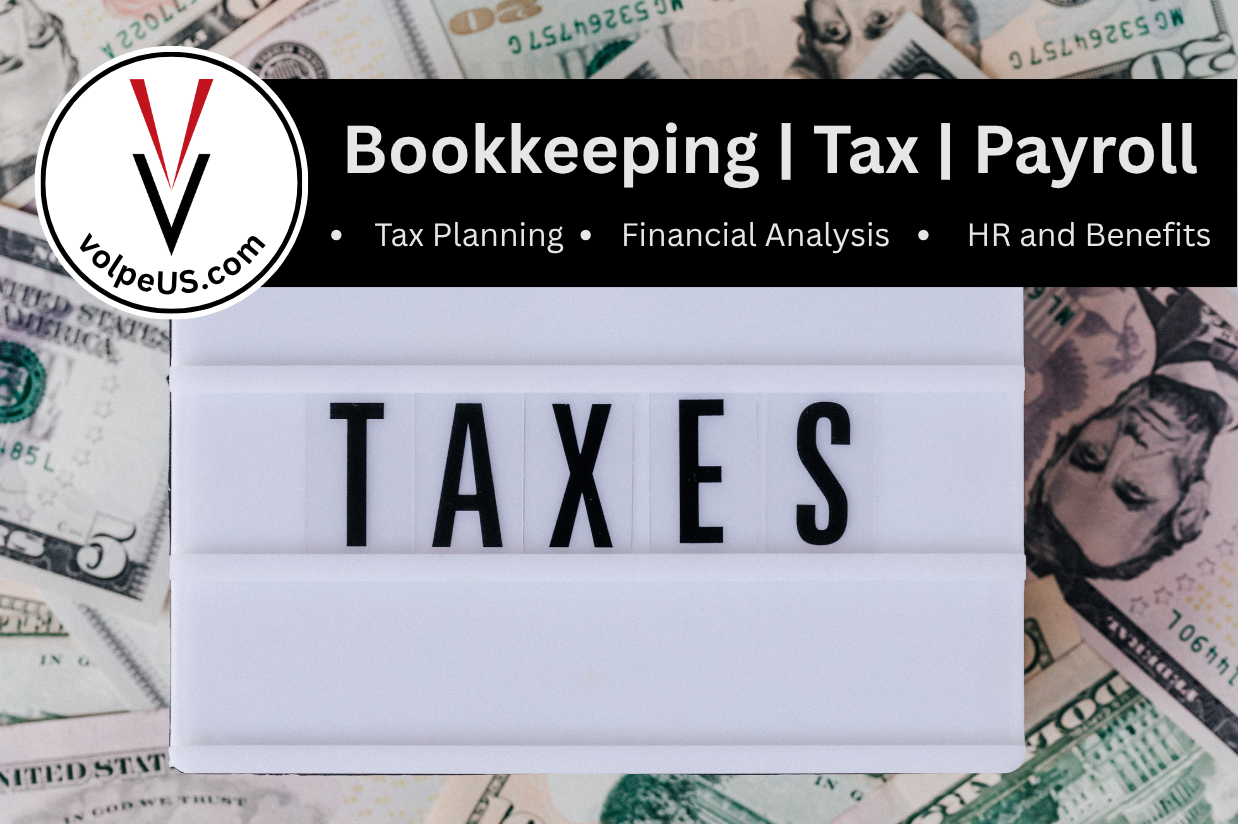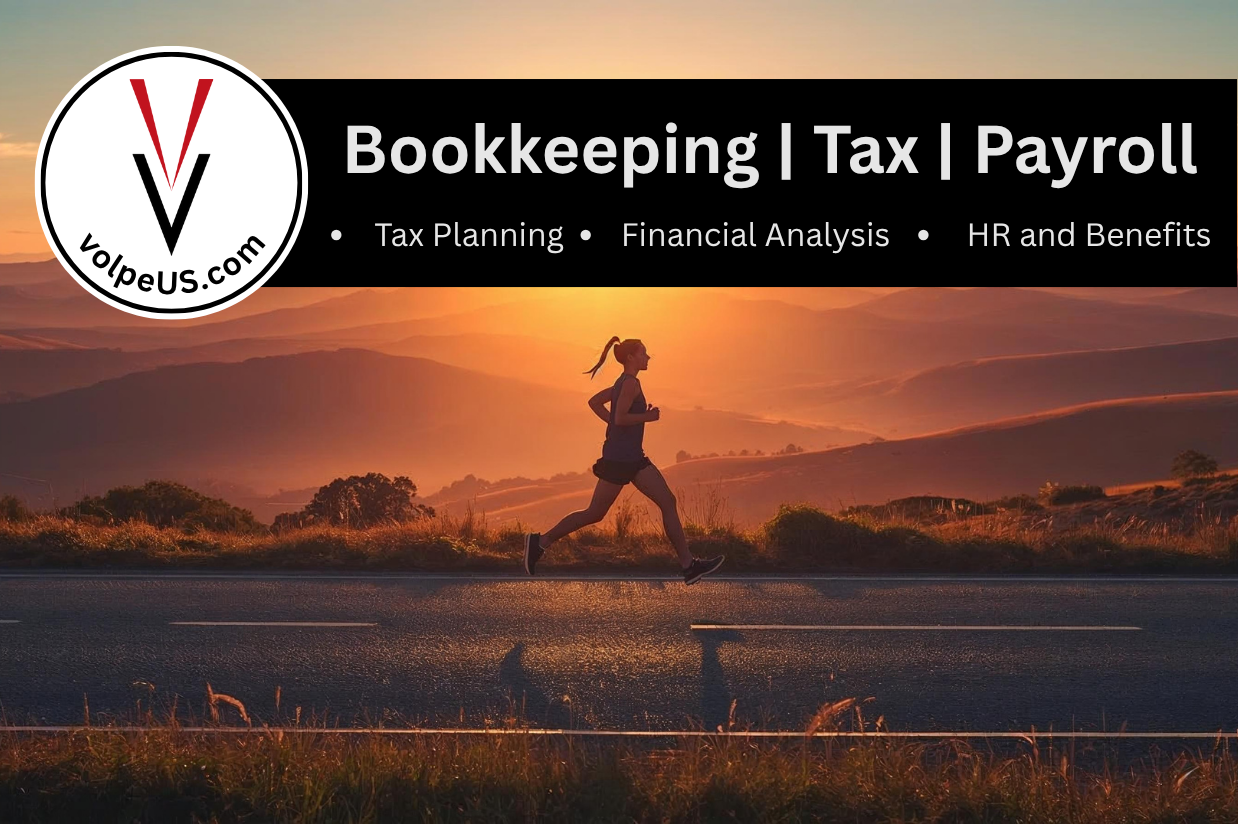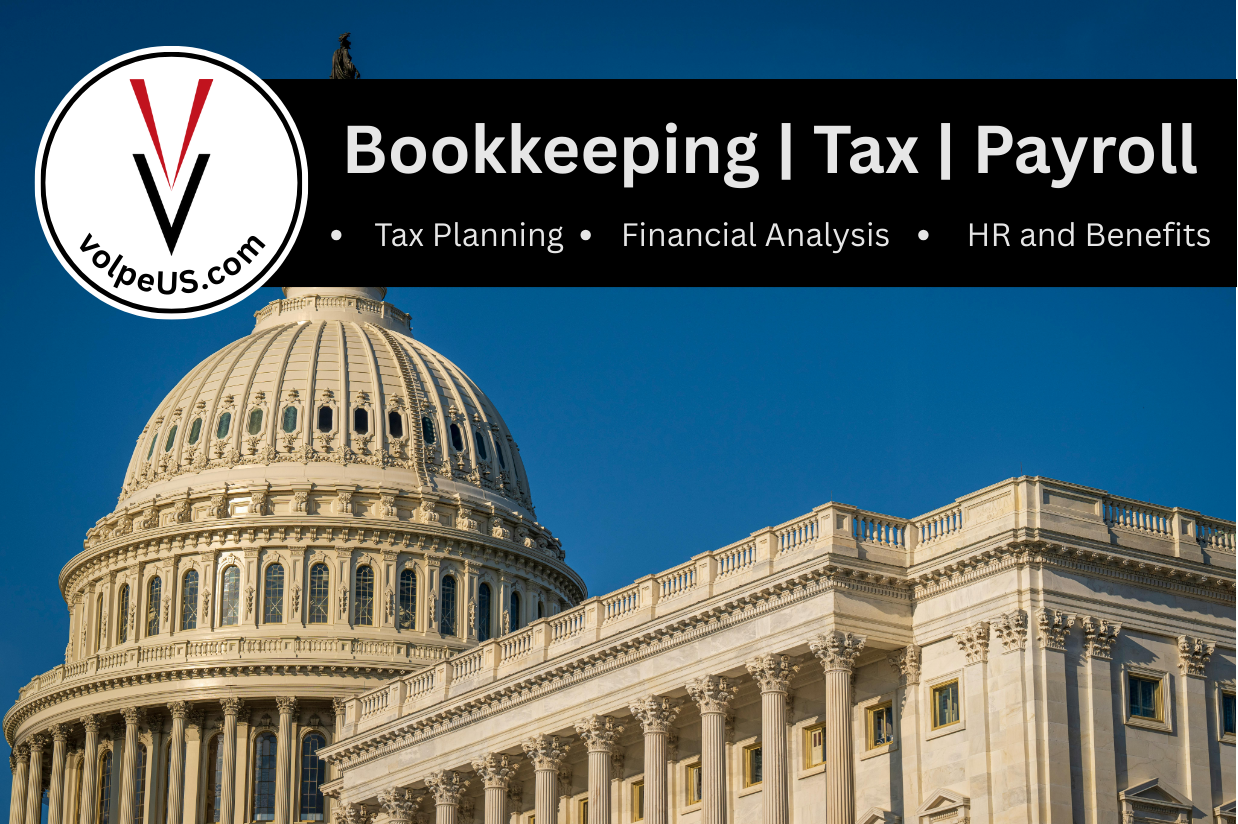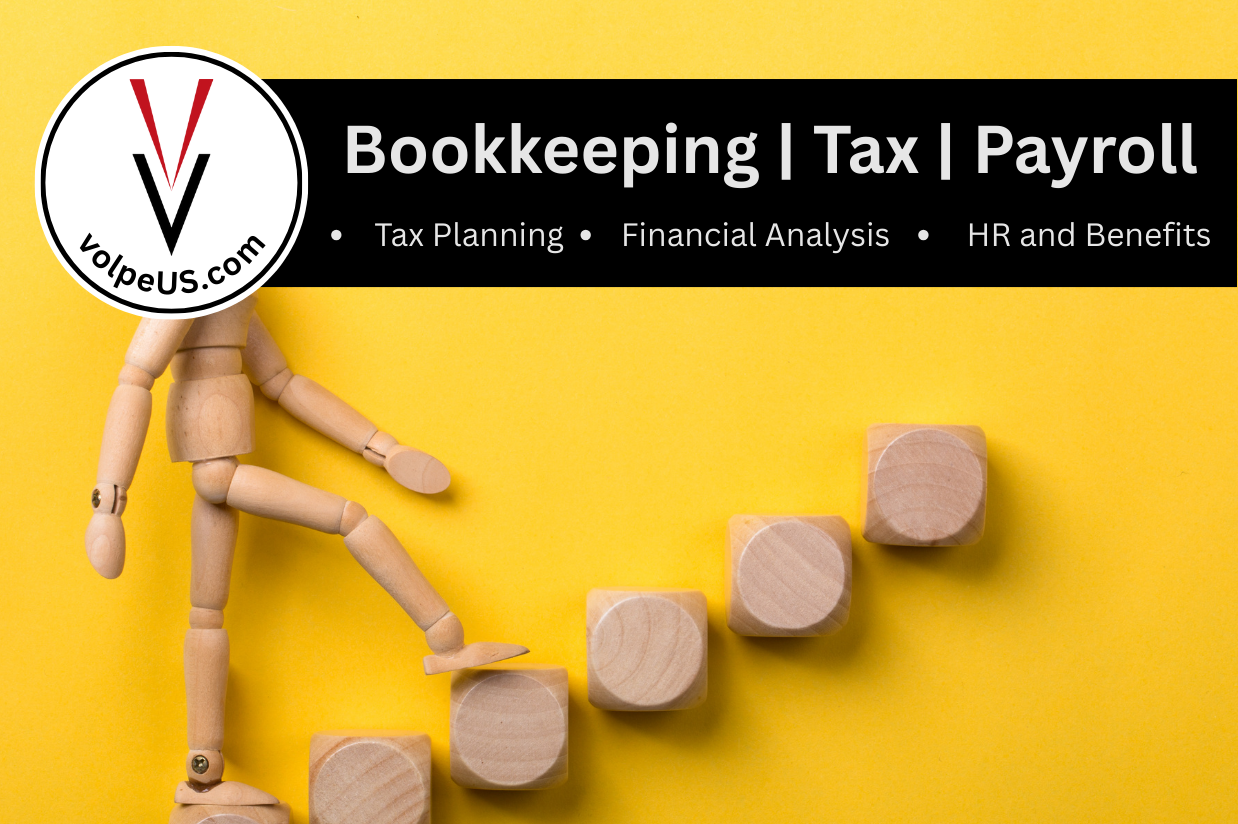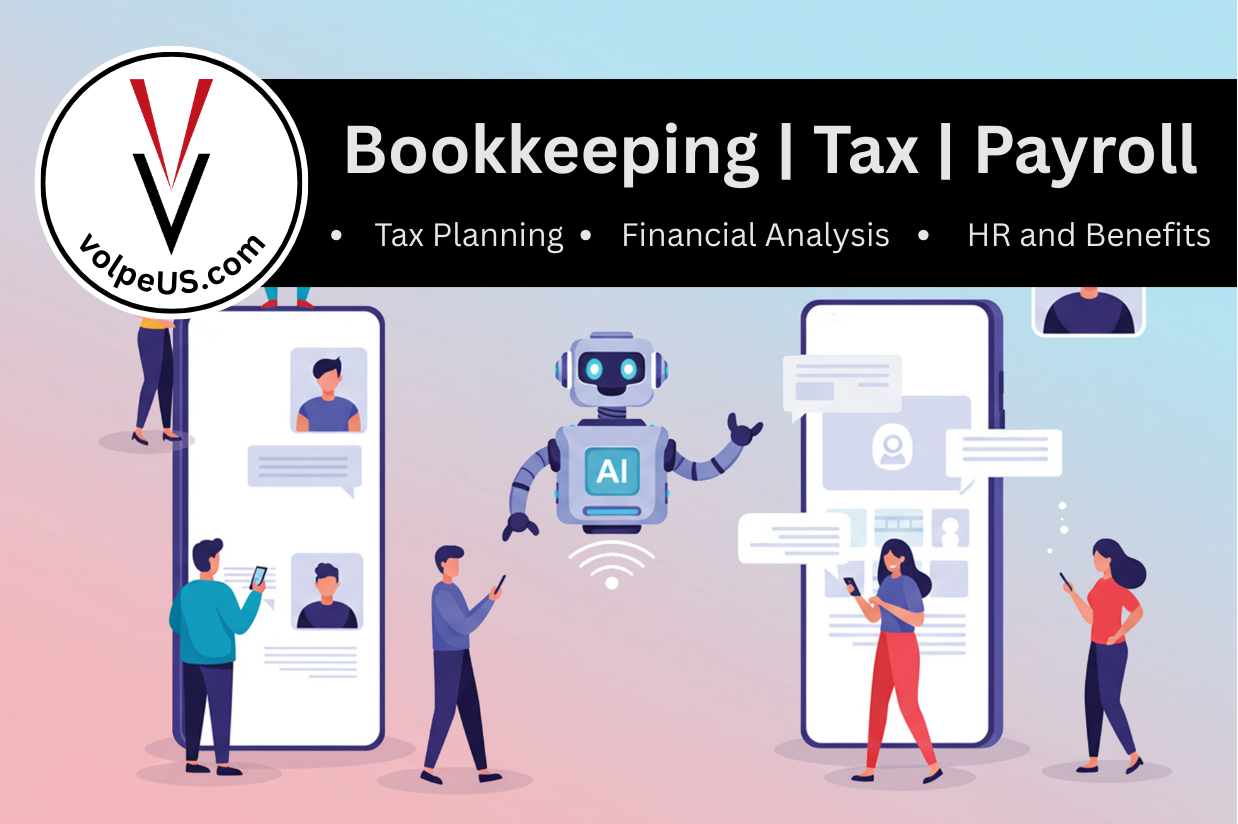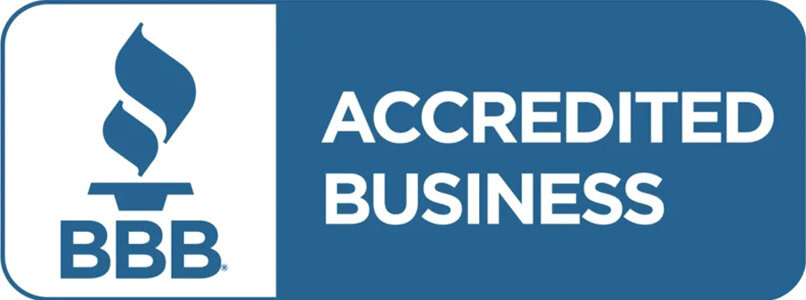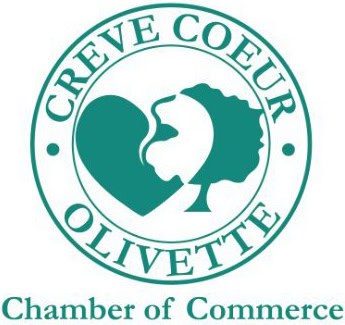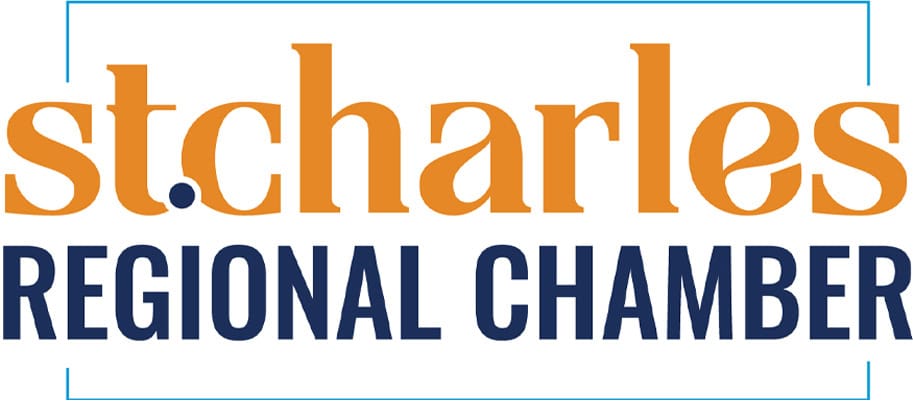Jump to a Specific Section
Opportunities With the WOTC
The Work Opportunity Tax Credit (WOTC) rewards businesses for hiring individuals from specific targeted groups. Hiring employees is a critical decision for any business. Beyond the resume, the work experience, the education, the character, the handshake, and finding someone who overall meets your needs and fits your team, the government has introduced another factor to consider: tax savings.
The idea behind the WOTC is to provide opportunities to individuals from certain groups who have historically faced significant barriers to employment while incentivizing you to hire them with reduced hiring costs. Win-win.
Understanding the details of this credit can help your business save money while making a difference in your community. Let’s break it down from the beginning.
Key Highlights of the WOTC
- The WOTC is a federal tax credit encouraging businesses to hire individuals from groups considered to be underrepresented or disadvantaged.
- There are 10 targeted groups, including veterans, ex-felons, and long-term unemployed individuals.
- Eligible employers must complete pre-screening forms, such as IRS Form 8850, within 28 calendar days of hiring.
- Employers can claim up to 40% of first-year wages, with maximum credit amounts depending on the targeted group.
- The WOTC is set to expire on December 31, 2025, but businesses can claim credits for qualified employees hired before this date.
- WOTC is non-refundable—it lowers your tax bill, but is not sent as a check if it’s more than your tax bill.
Background: The WOTC in Embryo
The Work Opportunity Tax Credit (WOTC) was introduced in 1996 as a replacement for the Targeted Jobs Tax Credit (TJTC), which had been in place since 1978.
The Targeted Jobs Tax Credit (TJTC) was a federal program that existed from 1978 to 1996 and served as the precursor to the Work Opportunity Tax Credit (WOTC). Its purpose was to incentivize businesses to hire individuals from disadvantaged groups by offering retroactive tax credits for wages paid to eligible employees. The TJTC did not require pre-screening employees for eligibility, which meant businesses often claimed the credit after hiring without factoring it into their decision-making process. This lack of visibility and proactive impact defeated the whole purpose of prioritizing individuals with certain backgrounds, which led to the development of the WOTC, introducing pre-screening to align hiring practices with the program’s goals.
Claiming the TJTC retroactively was problematic because it did not align with the program’s intentions of actively encouraging businesses to consider individuals from particular groups before hiring them. By allowing businesses to claim the credit after hiring—without any requirement to pre-screen or consider the hire’s background—it essentially turned into a financial bonus for hires the businesses would have made regardless of the program.
A Department of Labor report found that 92% of individuals for whom employers claimed the credit would have been hired anyway. This meant the TJTC wasn’t necessarily achieving its purpose of incentivizing businesses to expand opportunities for those facing employment barriers; it was merely subsidizing decisions businesses had already made to extend those opportunities organically.
The WOTC addressed this matter by introducing pre-screening requirements, ensuring that businesses actively consider a candidate’s background and potential program eligibility as part of their hiring process, thus better asserting the program’s stated goals of reducing perceived stigma and promoting what it considers equitable hiring practices.
The goal of the WOTC is twofold:
- Incentivize preferential hiring practices. Businesses are encouraged to hire individuals who face significant barriers to employment, with the intent to reduce biases and stigma.
- Promote self-sufficiency and strengthen communities. By helping disadvantaged individuals gain stable employment, the WOTC aims to support economic growth at both individual and community levels.
Targeted Groups: Who Qualifies?

To qualify for the WOTC, businesses must take special note of the backgrounds and hire employees from one or more of the following targeted groups. These definitions are taken straight from the IRS website:
Qualified IV-A Recipient
- A “qualified IV-A recipient” is an individual who is a member of a family receiving assistance under a state program funded under part A of title IV of the Social Security Act relating to Temporary Assistance for Needy Families (TANF). The assistance must be received for any 9 months during the 18-month period ending on the hiring date.
Qualified Veteran
- A “qualified veteran” is a veteran who is any of the following:
- A member of a family receiving assistance under the Supplemental Nutrition Assistance Program (SNAP) for at least a 3-month period during the 15-month period ending on the hiring date.
- Unemployed for periods of time totaling at least 4 weeks (whether or not consecutive) but less than 6 months in the 1-year period ending on the hiring date.
- Unemployed for periods of time totaling at least 6 months (whether or not consecutive) in the 1-year period ending on the hiring date.
- Entitled to compensation for a service-connected disability and hired not more than 1 year after being discharged or released from active duty in the U.S. Armed Forces.
- Entitled to compensation for a service-connected disability and unemployed for periods of time totaling at least 6 months (whether or not consecutive) in the 1-year period ending on the hiring date.
- A “qualified veteran” is a veteran who is any of the following:
- See IRS Notice 2012-13 for more detailed information.
Qualified Ex-Felon
- A “qualified ex-felon” is a person hired within a year of:
- Being convicted of a felony, or
- Being released from prison for the felony.
- A “qualified ex-felon” is a person hired within a year of:
Designated Community Resident (DCR)
- A DCR is an individual who, on the hiring date:
- Is at least 18 years old and under 40, and
- Has a principal residence within one of the following:
- A DCR is an individual who, on the hiring date:
- When determining the credit, wages do not include wages paid or incurred for services performed while the individual’s principal place of residence is outside an EZ or RRC. See the instructions to Form 8850, Pre-Screening Notice and Certification Request for the Work Opportunity Credit, for the current list of EZ and RRC designations.
Vocational Rehabilitation Referral
- A “vocational rehabilitation referral” is a person who has a physical or mental disability and has been referred to the employer while receiving or upon completion of rehabilitative services pursuant to:
- A state plan approved under the Rehabilitation Act of 1973,
- An Employment Network Plan under the Ticket to Work program, or
- A program carried out under the Department of Veteran Affairs.
- A “vocational rehabilitation referral” is a person who has a physical or mental disability and has been referred to the employer while receiving or upon completion of rehabilitative services pursuant to:
Qualified Summer Youth Employee
- A “qualified summer youth employee” is one who:
- Is at least 16 years old, but under 18 on the hiring date or on May 1, whichever is later;
- Only performs services for the employer between May 1 and September 15 (was not employed prior to May 1); and
- Resides in an Empowerment Zone (EZ)
- A “qualified summer youth employee” is one who:
Qualified SNAP Recipient
- A “qualified SNAP benefits recipient” is an individual who on the hiring date is:
- At least 18 years old and under 40, and
- A member of a family that received SNAP benefits for:
- the previous 6 months, or
- at least 3 of the previous 5 months
- A “qualified SNAP benefits recipient” is an individual who on the hiring date is:
Qualified SSI Recipient
- A “qualified SSI recipient” is an individual who received SSI benefits for any month ending within the 60-day period that ends on the hire date.
Long-Term Family Assistance Recipient
- A “long-term family assistance recipient” is an individual who, at the time of hiring, is a member of a family that meet one of the following conditions:
- Received assistance under an IV-A program for a minimum of the prior 18 consecutive months,
- Received assistance under an IV-A program for a minimum 18-month period beginning after 8/5/1997 and it has not been more than 2 years since the end of the earliest of such 18-month period, or
- Ceased to be eligible for assistance under an IV-A program because a federal or state law limited the maximum time those payments could be made, and it has been not more than 2 years since the cessation of such assistance
- A “long-term family assistance recipient” is an individual who, at the time of hiring, is a member of a family that meet one of the following conditions:
Qualified Long-Term Unemployed
- A “qualified long-term unemployment recipient” is an individual who has been unemployed for not less than 27 consecutive weeks at the time of hiring and who received unemployment compensation during some or all of the unemployment period.

Exceptions to Eligibility
Not all hires qualify for the WOTC. The following individuals are ineligible:
- Rehired former employees.
- Family members of the employer.
- Employees who work fewer than 120 hours in a year.
- Household employees.
- Owners holding 50% or more of the business.
Additionally, employers cannot “double-dip” by using the same wages to claim multiple tax credits (e.g., Employee Retention Credit (ERC), Employer Credit for Paid Family and Medical Leave (PFML), etc.). However, unused wages from one credit can be applied to another.
Steps to Claim the WOTC
Claiming the WOTC involves the following steps:
- Pre-Screening
- Complete IRS Form 8850 for all new hires within 28 calendar days of their start date. This form, signed by both employer and employee, verifies eligibility.
- Submit to State Workforce Agency (SWA)
- Send Form 8850 to your SWA for verification. Some employees may already have pre-screening certifications (e.g., Form 9062) from workforce programs.
- Claim the Credit
- After approval from the SWA:
- Use IRS Form 5884 to claim the credit for taxable employers.
- Tax-exempt organizations hiring veterans should file Form 5884-C to offset Social Security taxes.
- For unused credits, file Form 3800 to carry the credit forward (up to 20 years) or backward (1 year).
- After approval from the SWA:
Benefits of the WOTC
The WOTC offers financial and societal benefits for businesses and communities:
- No Cap on Credits: There’s no limit to how many employees you can hire and claim credits for.
- Flexible Credit Amounts:
- For employees working 400+ hours: 40% of up to $6,000 in wages ($2,400 credit per employee).
- For employees working 120–399 hours: 25% of up to $6,000 in wages ($1,500 credit per employee).
- For certain disabled veterans, the credit can be as high as $9,600.
- Long-Term Value: While nonrefundable, unused credits can reduce future tax liabilities for up to 20 years or be applied to the previous year.
- Community Impact: Hiring from disadvantaged groups boosts local economies and strengthens communities. By providing stable employment, businesses help individuals achieve financial independence and reduce reliance on public assistance programs.
Tax-Exempt Employers
Nonprofit organizations under IRC Section 501(c) can also claim the WOTC, but only for qualified veterans. Instead of reducing income taxes, these organizations claim the credit against their share of Social Security taxes using Form 5884-C.
Ask For Help
Navigating the WOTC’s eligibility and requirements can seem daunting, but the benefits are well worth the effort. Beyond reducing your tax burden, it aims to make a meaningful impact on individuals and communities. The WOTC is a win-win for businesses and your local community, so don’t let this opportunity slip by—start exploring your options today!
If you need assistance, Volpe Consulting & Accounting is here to help. We specialize in helping businesses maximize tax credits and their bottom line.


